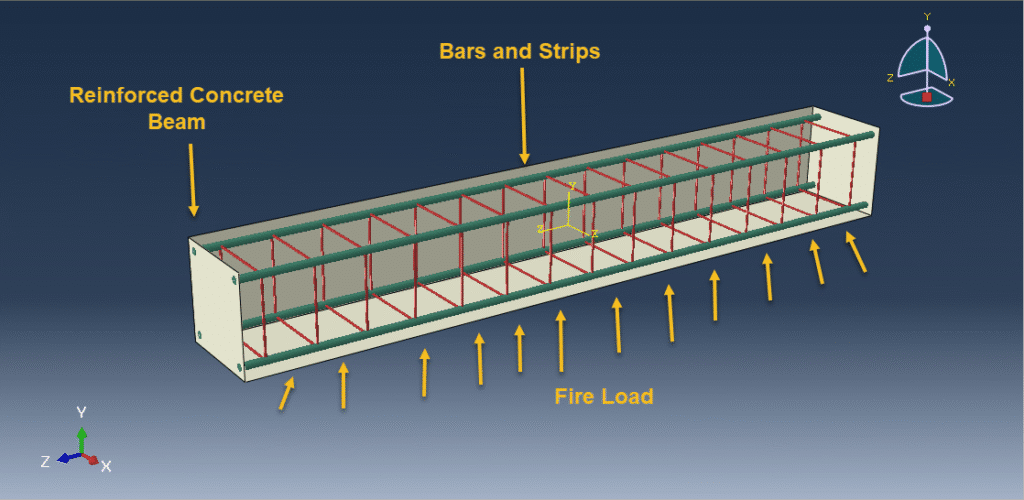

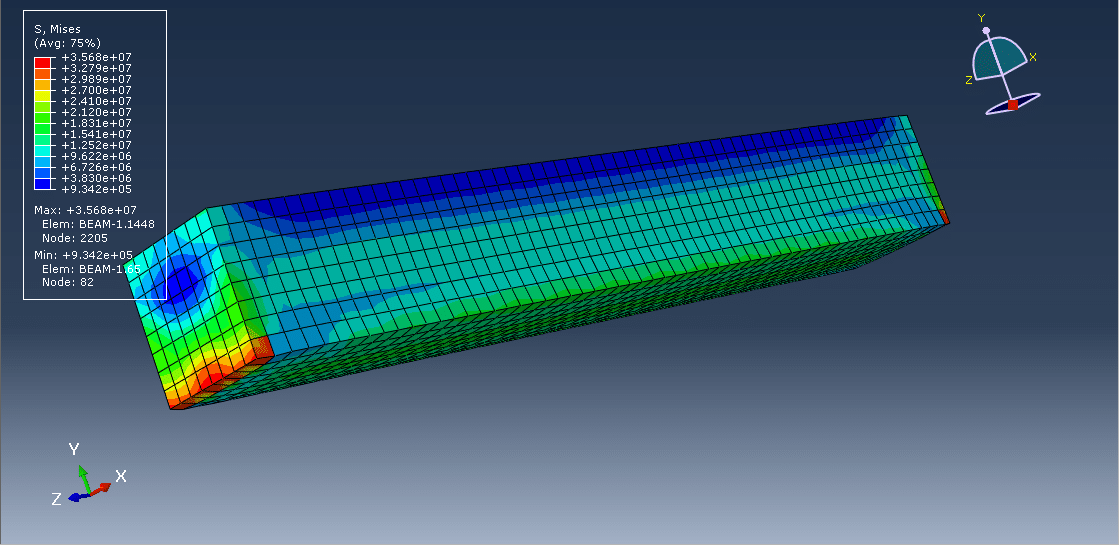
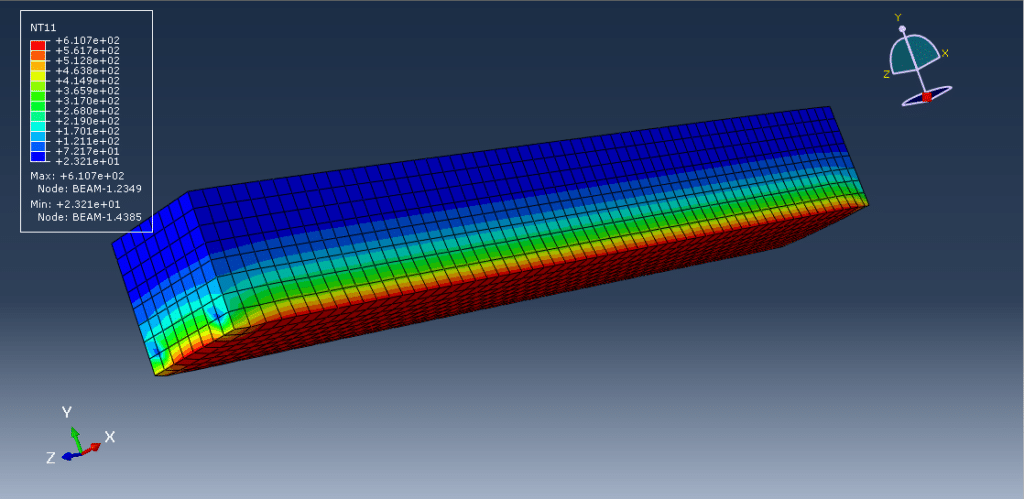
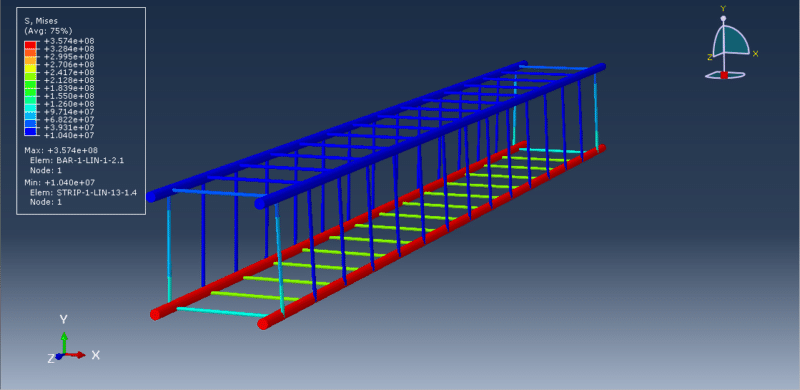
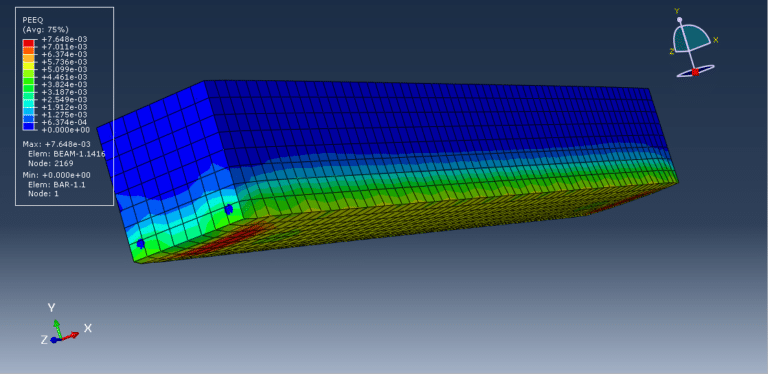
In this tutorial, the simulation of reinforced concrete (RC) beams exposed to fire events has been studied in Abaqus using a fully coupled thermal-stress analysis. The concrete beam is modeled as a three-dimensional solid part, and the steel reinforcements are modeled as wire parts. One of the main concerns in fire engineering is classifying fires as moderate or severe and evaluating their impact on structural performance. This classification helps determine whether a structure can be reused after a fire has been extinguished. Estimating the residual structural capacity of RC beams is complex because it depends on many factors, such as mechanical pre-load during the fire, peak fire temperature, fire duration, degradation of thermal and mechanical properties of concrete and reinforcement, and structural boundary conditions. Not all material properties are reversible during heating, cooling, or post-fire loading, which further complicates the evaluation. Due to the high capital investment in buildings and infrastructure, accurate methods to assess residual capacity through destructive and non-destructive approaches are of increasing importance. This tutorial emphasizes the Direct Coupling Technique (DCT) and the use of coupled elements to simulate RC beams under fire events, addressing a gap in the literature since most numerical studies rely on the Sequential Coupling Technique (SCT) or simplified 2D models. In this study, DCT is implemented in Abaqus to combine thermal and structural analysis in a single model. While SCT involves running a thermal analysis first and then transferring results to a structural model, DCT directly couples thermal and structural degrees of freedom within the same elements. Fire loads are modeled as convection loads applied on beam surfaces exposed to fire, using film coefficients and fire curves that vary with time to simulate realistic heating scenarios. Proper meshing and boundary conditions are assigned to all model components. After completing the simulation, the analysis provides results including temperature distribution, heat flux, stress, strain, displacement, and other structural responses.

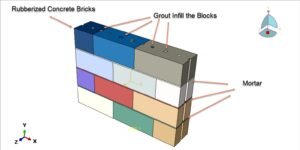
Abaqus
€79,00 €38,00
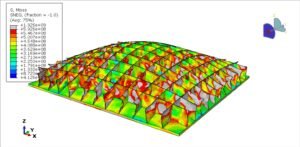
Abaqus
€68,00 €34,00
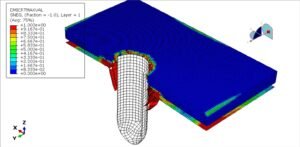
Abaqus
€77,00 €39,00
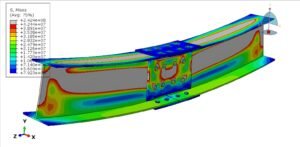
Abaqus
€79,00 €39,00
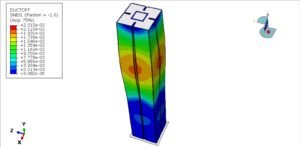
Abaqus
€75,00 €37,00
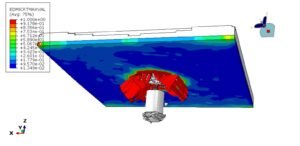
Abaqus
€76,00 €38,00
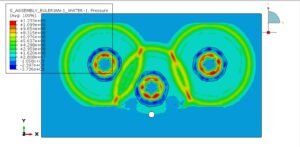
Abaqus
€79,00 €38,00
See more

Want to receive push notifications for all major on-site activities?